Stay informed on current glazing news with Southern California Glass Management Association’s quarterly Technical Bulletins.
June 2025
“Vacuum Insulated Glass” by Dan Romine for SCGMA
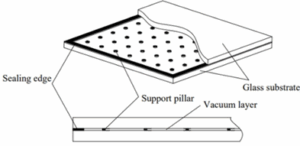 One of the recent product improvements in the glazing industry has led to another innovative way to enhance energy efficiency. The emergence of Vacuum Insulated Glass is a promising technology for new and existing glazing applications and is the subject of this Technical Bulletin.
One of the recent product improvements in the glazing industry has led to another innovative way to enhance energy efficiency. The emergence of Vacuum Insulated Glass is a promising technology for new and existing glazing applications and is the subject of this Technical Bulletin.
Click here to read “Vacuum Insulated Glass”
February 2025
“Bullet Resistant Glazing” by Dan Romine for SCGMA
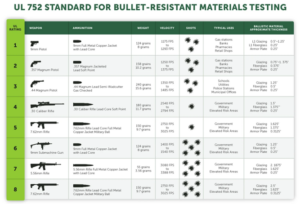 When selecting glazing systems for a project, special considerations may arise that require unique knowledge to meet performance standards. It is the responsibility of glazing contractors to understand the performance expectations, the particular ratings of the infill products and how these components work together to meet the specified standards. Such is the case in developing a bullet resistant system and is the subject of this technical bulletin.
When selecting glazing systems for a project, special considerations may arise that require unique knowledge to meet performance standards. It is the responsibility of glazing contractors to understand the performance expectations, the particular ratings of the infill products and how these components work together to meet the specified standards. Such is the case in developing a bullet resistant system and is the subject of this technical bulletin.
Click here to read “Bullet Resistant Glazing”
October 2024
“Spandrel and Shadowbox Considerations” by Dan Romine for SCGMA
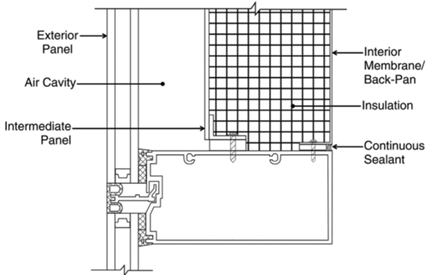
The glazing industry has always provided innovations to their glazed facades in order to address the aesthetic considerations of the architectural designers. Given the preference of coated glass with greater visible light transmissions and less reflectivity, spandrel conditions matching vision has become a focus. Along with providing spandrels with a fourth surface ceramic frit coating, the use of shadowbox panels has gained in popularity and are the subject of this Technical Bulletin.
Click here to read “Spandrel and Shadowbox Considerations”
July 2024
“Laminated Glass, PVB and SGP Interlayers” by Dan Romine for SCGMA
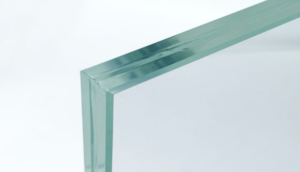 The performance of the building facade not only depends upon the type of systems retaining the glass, but the infill products themselves. It is the responsibility of glazing contractors to understand performance expectations, the characteristics of the infill products and how these components work to meet the specified criteria. Laminated glass as an infill product has proven to be popular in modern day architecture due to its unique properties and is the subject of this technical bulletin.
The performance of the building facade not only depends upon the type of systems retaining the glass, but the infill products themselves. It is the responsibility of glazing contractors to understand performance expectations, the characteristics of the infill products and how these components work to meet the specified criteria. Laminated glass as an infill product has proven to be popular in modern day architecture due to its unique properties and is the subject of this technical bulletin.
Click here to read “Laminated Glass, PVB and SGP Interlayers”
March 2024
“Navigating Door Hardware” by Dan Romine for SCGMA
One of the more difficult tasks of the glazing industry is managing the bidding and procurement of door hardware. In this SCGMA Technical Bulletin, we address the way this information is presented, the role of the Glazing Contractor and tips for navigating challenges.
Click here to read “Navigating Door Hardware”
January 2024
“Bird-Friendly Glass” by Dan Romine for SCGMA
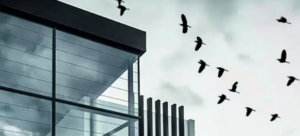 The continuing improvement of products in the glazing industry not only address performance of the façade but environmental concerns. The reflectivity of glass in buildings causing bird impacts is one of those issues and has led to nearly 1 billion bird deaths per year in the United States. The glazing industry continues to address this concern through product development and is the subject of this Technical Bulletin.
The continuing improvement of products in the glazing industry not only address performance of the façade but environmental concerns. The reflectivity of glass in buildings causing bird impacts is one of those issues and has led to nearly 1 billion bird deaths per year in the United States. The glazing industry continues to address this concern through product development and is the subject of this Technical Bulletin.
Click here to read “Bird-Friendly Glass”
September 2023
“Rainscreen Wall Basics” by Dan Romine for SCGMA
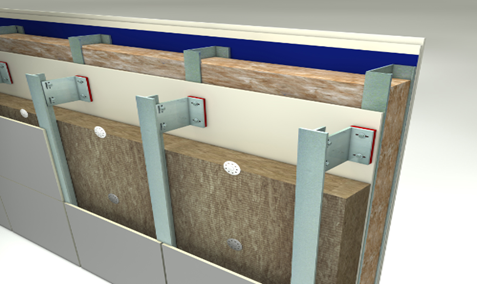
The evolution of the glazing industry has led to an expanded scope of work performed by the glaziers to include other façade finishes or assemblies. A variety of façade finishes applied to weather barrier support systems known as rainscreen walls have proven to be an economical long-lasting enclosure solution, and is the subject of this Technical Bulletin.
Click here to read “Rainscreen Wall Basics”
March 2023
“A Deeper Dive on Glazing Gaskets and Blocks” by Dan Romine for SCGMA

The performance of the exterior façade not only depends upon the type of framing system, but the ability of the secondary system components to support that performance. One of the most important secondary components is the glazing system gaskets and blocks. These products play a vital role in isolating the glazing materials from the frame, while absorbing movement and shedding the initial moisture.
Click here to read “A Deeper Dive on Glazing Gaskets and Blocks”
December 2022
“Thermal Stress in Annealed Glass” by Dan Romine for SCGMA
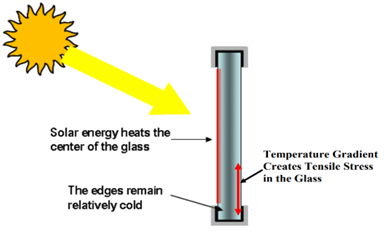
The performance of the exterior façade depends upon the evaluation of the components to meet or exceed the project requirements. It is the responsibility of glazing contractors to understand how these components work and verify that they are adequate for the application.
Click here to read “Thermal Stress in Annealed Glass”
July 2022
“Glazing System Thermal Breaks” by Dan Romine for SCGMA
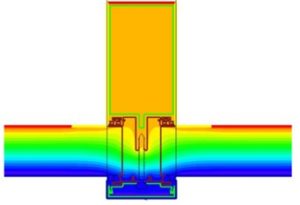 The performance of the exterior façade not only depends upon the type of systems, but the ability of the systems to react to environmental conditions. It is the responsibility of glazing contractors to understand how these components work and verify that the systems can meet the specified criteria.
The performance of the exterior façade not only depends upon the type of systems, but the ability of the systems to react to environmental conditions. It is the responsibility of glazing contractors to understand how these components work and verify that the systems can meet the specified criteria.
Click here to read “Glazing System Thermal Breaks”
April 2022
“Building Movement and How Glazing Systems Can Best Accommodate Them” by Dan Romine for SCGMA
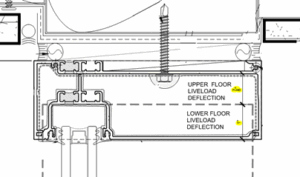 The performance of the exterior façade not only depends upon the systems, but also the ability of the systems to accommodate movement of the structure and still perform. In addition, it is the responsibility of all facade contractors to coordinate the movement of their systems with other adjacent systems.
The performance of the exterior façade not only depends upon the systems, but also the ability of the systems to accommodate movement of the structure and still perform. In addition, it is the responsibility of all facade contractors to coordinate the movement of their systems with other adjacent systems.
Click here to read “Building Movement and How Glazing Systems Can Best Accommodate Them”
January 2022
“Laminated Glass and Low E Coatings” by Dan Romine for SCGMA
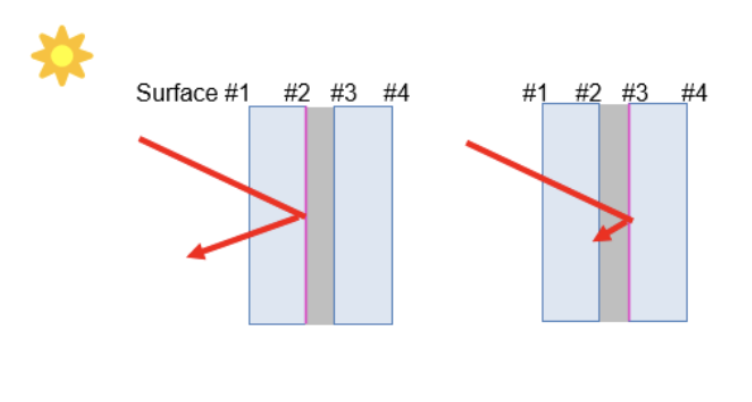 Occasionally, risk elements present themselves in the commercial glazing business, and we believe that it is helpful to address them. Rejection of installed laminated Low E glazing due to subtle color shifts has been an issue and is the subject of this technical bulletin.
Occasionally, risk elements present themselves in the commercial glazing business, and we believe that it is helpful to address them. Rejection of installed laminated Low E glazing due to subtle color shifts has been an issue and is the subject of this technical bulletin.
Click here to read “Laminated Glass and Low E Coatings”
October 2021
“Sealant Joint Design” by Dan Romine for SCGMA
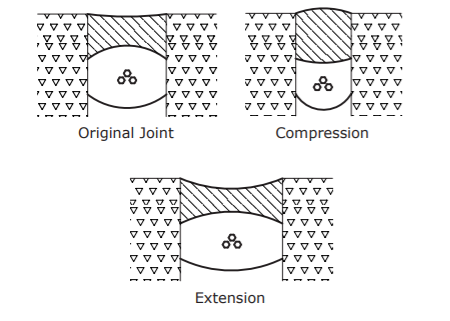 Façade performance requires the proper system selection for the project, but equally important in the longevity of the performance is the design of the sealant joints. In this SCGMA Technical Bulletin, we review the fundamentals of good sealant weatherseal joint design.
Façade performance requires the proper system selection for the project, but equally important in the longevity of the performance is the design of the sealant joints. In this SCGMA Technical Bulletin, we review the fundamentals of good sealant weatherseal joint design.
Click here to read “Sealant Joint Design”
July 2021
“Field Water Testing” by Dan Romine for SCGMA
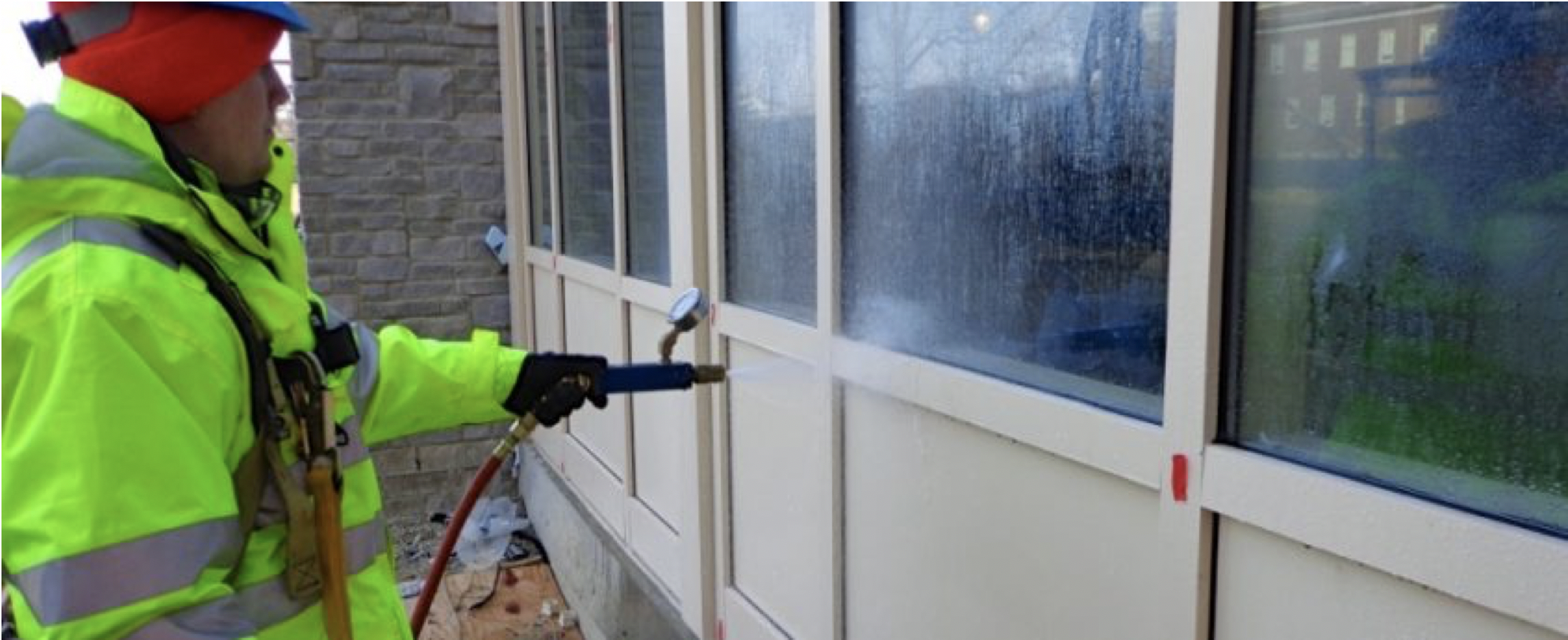 Glazing system performance is always an important topic in our industry and very present in the potential long-term liability of contractors.
Glazing system performance is always an important topic in our industry and very present in the potential long-term liability of contractors.
One of the most crucial performance issues for glazing contractors is water infiltration. Water infiltration from the testing of glazing systems is also one of the most common points of failure and the subject of this technical bulletin.
Click here to read “Field Water Testing.”
April 2021
“Gray PIB Migration” by Dan Romine for SCGMA
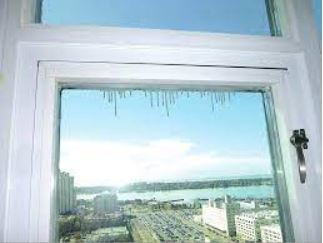 Over time, litigation has alleged significant defects in insulated glass units using gray polyisobutylene. Gray polyisobutylene, also known as PIB, is one of the common risk elements we believe should be addressed within the commercial glazing business.
Over time, litigation has alleged significant defects in insulated glass units using gray polyisobutylene. Gray polyisobutylene, also known as PIB, is one of the common risk elements we believe should be addressed within the commercial glazing business.
Click here to read “Gray PIB Migration.”
January 2021
“Mitigating the Menace” by Jordan Scott for US Glass Magazine
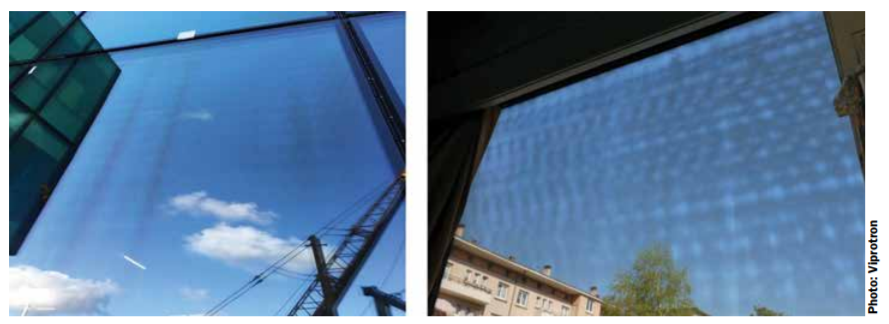 Addressing occasional risk elements in the commercial glazing industry is important. Anisotropy, a visual distortion or coloring of heat-treated glass when inspected in polarized light, is one example.
Addressing occasional risk elements in the commercial glazing industry is important. Anisotropy, a visual distortion or coloring of heat-treated glass when inspected in polarized light, is one example.
Jordan Scott’s article for US Glass Magazine, “Mitigating the Menace,” discusses the progress made in educating firms about anisotropy’s visual impact, ways to minimize its effect, and how to create standards for acceptance.
Anisotropy issues increased when some recent Southern California projects used high-performance coatings on 3/8″ (8mm) glass. It appears that the combination of the expanded glass thickness and the pre-coated, high-performance glass designed to reflect heat creates a challenge in the heat strengthening/tempering process. This effect has led some in the industry to believe it is a significantly negative visual impact, resulting in attempts to reject the glass. There are still no specific conclusions about the visual impact’s causes or severity because of ongoing legal implications.
The purpose of sharing this information is to educate the community and avoid potential product rejection. In some cases, anisotropy concerns were discovered early enough to switch the glazing into a post-coated product, where the glass is heat strengthened/tempered before applying the coating.
We hope this information serves as a useful tool for avoiding anisotropy concerns.

